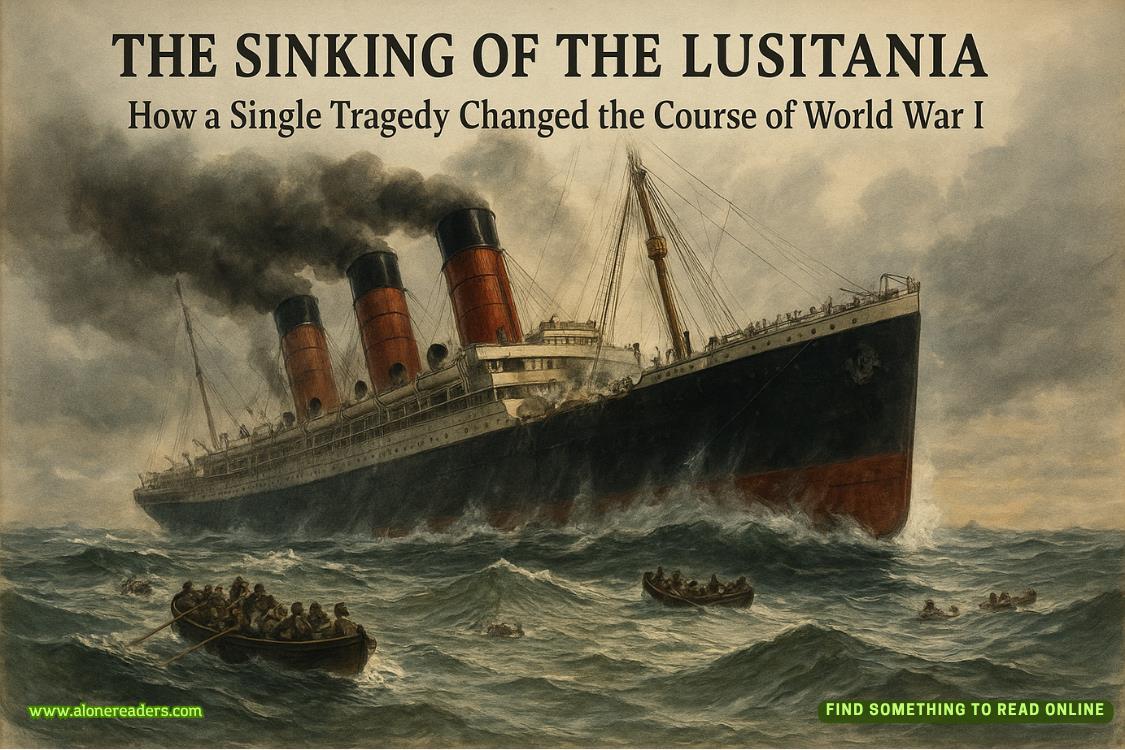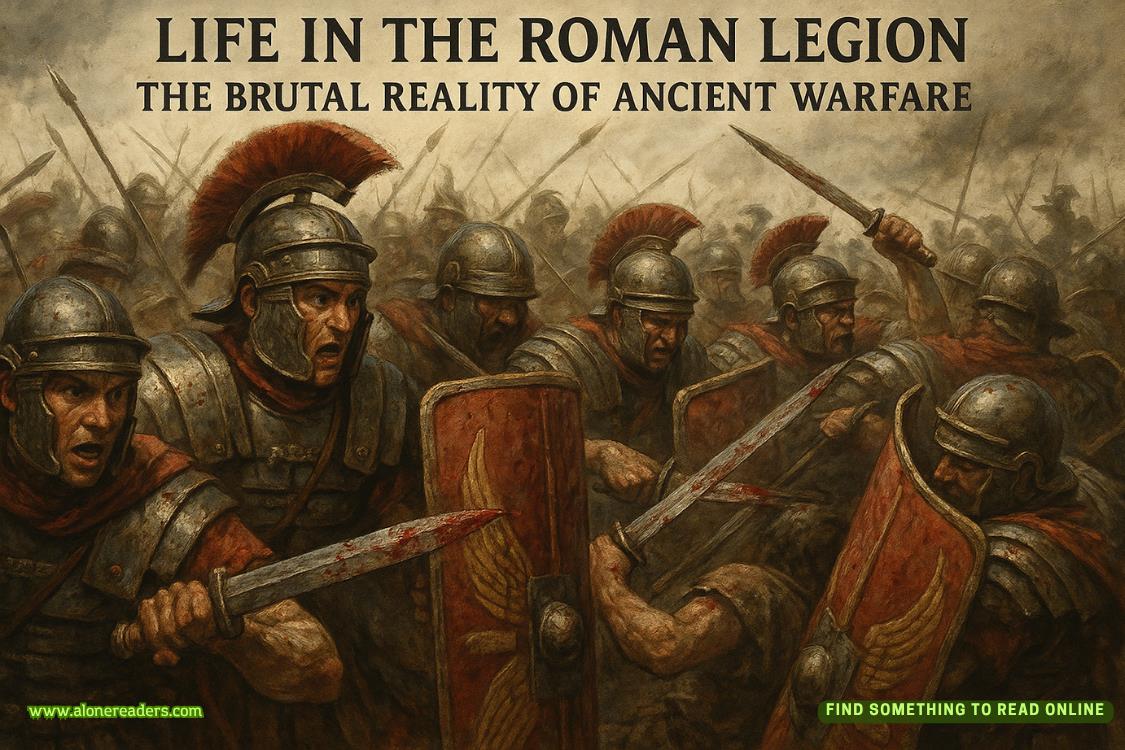Page 73 of Front Lines (Front Lines 1)
She manages to take a decent picture of him, which she is sure will be much better than the high school yearbook picture she’s been carrying. It becomes the photo she will hold close to her breast: happy, grinning rakishly, leaning against the Jenny.
He does not look at all like a younger, happier version of the Stamp Man.
No, not at all.
19
FRANGIE MARR—FORT HUACHUCA, ARIZONA, USA
There is a thick book and a less thick book. The thick book is titled The Medical Field Manual—Medical Service of Field Units.
The army, Frangie notes upon receiving this book, is not good at catchy titles.
The manual is printed on cheap paper and is 294 pages long. Where one might normally find the copyright page, there is instead a statement that the manual has been prepared on orders of the army chief of staff, a creature so far above Private Frangie Marr that he might as well be the fourth member of the Trinity.
The contents page shows such enticing entries as “Medical Service in Camp and Bivouac,” “Medical Service on Marches,” and “Individual Equipment of Medical Department Officers and Enlisted Men.”
The moment when she is issued this book feels almost holy to Frangie. This will be her sacred text. This will teach her to save lives. And, with a lot of luck and even more hard work, it may pave the way, someday, to Dr. Marr.
“Yes,” Frangie whispers, “the doctor will see you now.”
GENERAL DOCTRINES—a. Commanders at all echelons are responsible for—
Frangie is not clear on exactly what an echelon is. But she makes a note to find out.
—the provision of adequate and proper medical care for all noneffectives of their command.
Okay. Sure. Whatever that means. She scans down the page.
e. Casualties in the combat zone are collected at medical installations along the general axis of advance of the units to which they pertain.
Frangie sits at an outdoor table, a sort of wooden picnic table, at Fort Huachuca, in the emptiest part of the empty state of Arizona. For hundreds of miles in every direction there is sand, and there are rocks, and there are desolate hills, and there are multiple types of cactus: the cactus that looks like a bunch of sword blades pointing out in every direction, the cactus that looks like a totem pole, the cactus that looks like a cluster of teddy bear ears with spikes.
And there is sun. No more Georgia humidity for Frangie; it’s nothing but dry, hot, blazing sun.
Inevitably Fort Huachuca becomes Fort Whatcha Got? to the black soldiers stationed there. There is no town nearby, just a few Indians who suffer like the blacks from the contempt of the white soldiers. No one is happy to find themselves at this post in the middle of nowhere, but despite the isolation and the boredom, Frangie finds herself relaxing a bit.
She is here to learn medicine.
And, it seems, Sergeant Green is here now as well. She spotted him in line for chow, and saw him again later, running alongside a platoon and calling out cadence.
“My honey heard me comin’ on my left, right, on left.
I saw Jody runnin’ on his left, right, on left.
I chased after Jody and I ran him down,
Poor ol’ boy doesn’t feel good now.”
“MPs came a runnin’ on their left, right, on left.
The medics came a runnin’ on their left, right, on left.
He felt a little better with a few IVs.
Son, I told you not to mess with the infantry.”
He had given her a tight nod of recognition as he passed, and that had pleased her. And she had felt a particular pride watching soldiers who looked like her go passing by, so fit and disciplined. This fort had once housed the buffalo soldiers who had fought the Indians in the surrounding nothingness. What her big brother, Harder, used to sneeringly describe as “black men killing red men for white men.”















